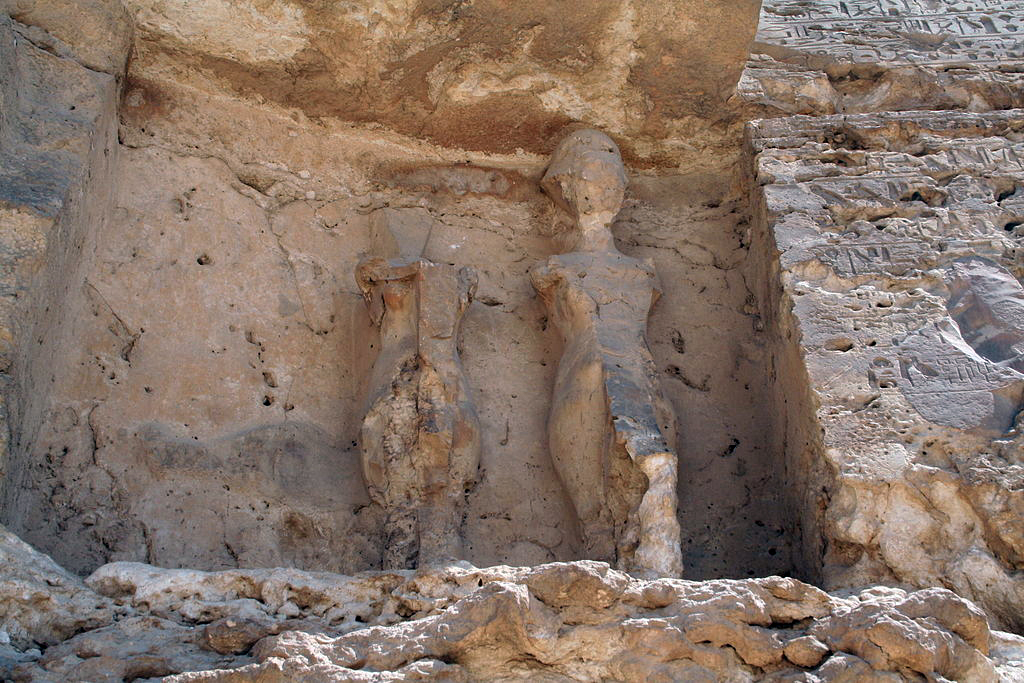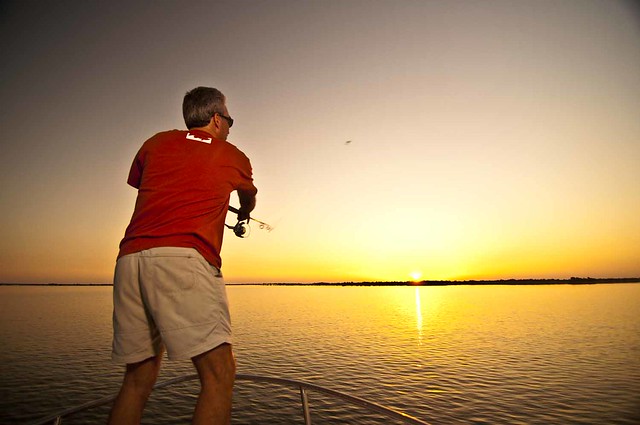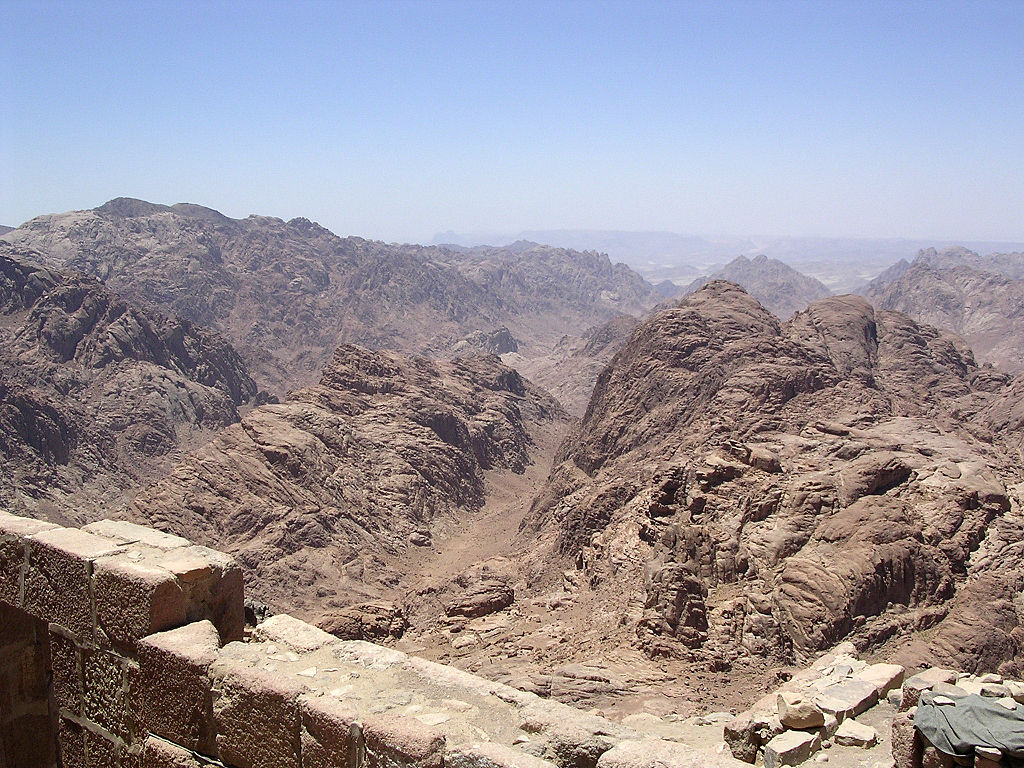By Islam El Shazly
Here’s another set that represents another sampling of activities that can be done and places that can be seen in a country mostly associated with either Pharaonic heritage or the beaches of Sharm. There are a couple of sites dating back to Dynastic Egypt, as iconic as they get, a Roman era outpost, a popular hike, and a sport that has been steadily gaining popularity among Egyptian enthusiasts and foreign ones alike; sportfishing in Lake Nasser.
The great thing shared by these activities and places is that they are family friendly, meaning that there’s something in each of them for little ones, teen ones, and adults as well. They’re also far removed from the hustle and bustle of Cairo, so when you’re done, you can enjoy a very relaxing evening or an early bedtime.
06. Tell El Amarna, Minya
One of the most tumultuous periods of Ancient Egyptian history is the Amarna period, when Akhenaten of the late Eighteenth Dynasty took the throne. Called the Heretic King due to his embrace of monotheistic beliefs over the Egyptian Pantheon. He relocated his capital to a new city dedicated to his Sun god “Aten”, named Akhetaten meaning the Horizon of the Aten. The city was abandoned within 10 years of his death, and the capital moved back to Luxor. It is the only ancient Egyptian city which preserves great details of its internal plan, and it would not be occupied again until Roman times. It lies about 58 km south of Minya.
Tip: The site is vast with little shade so don’t forget your hat.
07. Abydos, Sohag
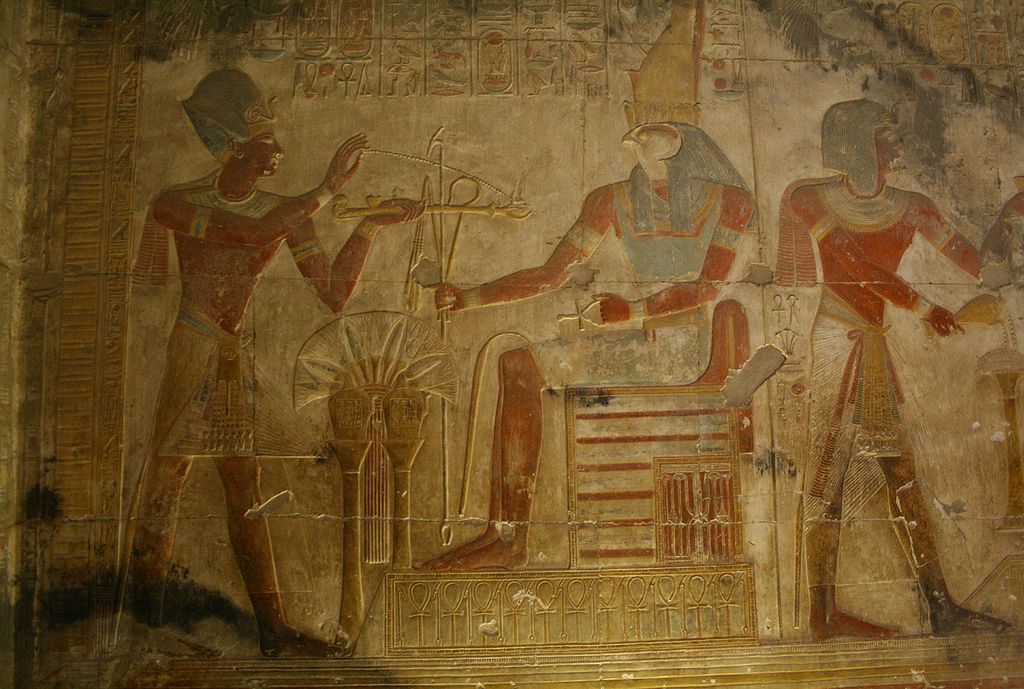
Panel from the Osiris temple: Horus presents royal regalia to a worshipping Pharaoh. By Steve F-E-Cameron, Wikimedia Commons.
While not the same Abydos of Stargate fame, it is every bit as impressive, you would feel transported to another planet. The centre of the Cult of Osiris lies about 160 km to the north of Luxor and according to Su Bayfield of Egyptian Monuments “it is one of the most interesting monumental sites in the Nile Valley.” Abydos was occupied since Predynastic times, and the burial place of Narmer, unifier of Egypt. It is also home to the magnificent memorial temple of Seti I, which contains an inscription from the Nineteenth Dynasty known to the modern world as the Abydos King List, a chronological list showing cartouches of most dynastic Pharaohs of Egypt from Menes (Narmer) until Ramesses I, Seti’s own father. [Wikipedia]
Tip: Same one about the hat, some water won’t hurt either.
08. Sportfishing on Lake Nasser, Aswan
Lake Nasser, one of the largest man-mad lakes in the world (5,248 km2 or 2,026 sq mi; Egypt, Sudan), was formed as result of the construction of the Aswan High Dam (1960-1970). In recent years, its popularity for sportfishing has been on the rise among Egyptian enthusiasts and tourists. Their popular prey is Nile Perch, which can grow to monstrous proportions with a maximum length of nearly 2 m (more than 6 ft), weighing up to 200 kg (440 lb).
There’s also Tiger Fish. There are also several species of catfish; as well as two species of Tilapia and many more that is bound to make any fisherman happy.
Tip: Even children who never fished before would get a kick out of this with their first catch so don’t leave them out of the fun.
09. Hiking up Mount Sinai, South Sinai
It might not be the highest peak in the Sinai Peninsula, or in the world, but the allure of Jabal Musa (Mount Sinai) lies predominantly in its religious significance in Judaism, Christianity, and Islam. It was the site of revelation for Prophet Moses, Peace be upon him, and where he later would receive the Ten Commandments.
Mount Sinai is a 2,285 metres (7,497 ft) high near the Saint Catherine Monastery. There are two paths up to the summit, a longer and shallower trek, Siket El Bashait, takes about 2.5 hours on foot, and a steeper, more direct route Siket Sayidna Musa (Prophet Moses’ Path) is up the 3,750 “steps of penitence” in the ravine behind the monastery.
Tip: pack a warm sweater, toque, and maybe a blanket, in your daypack; it can get very chilly at the top.
10. ‘Ain Umm El-Dabadib, Kharga Oasis, New Valley
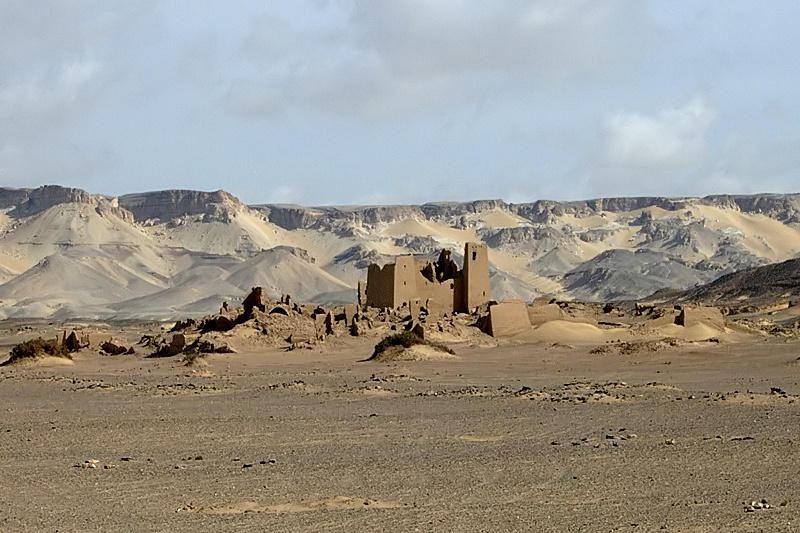
Landscape photograph of ‘Ain Umm ed-Dabadib, El-Kharga Oasis, Western desert, Egypt. By Roland Unger, Wikimedia Commons.
This Planned Protected Area, lies about 40 km NW of Kharga Oasis, half way between Darb El-Arba’in and Dkhla Oasis along Darb ‘Ain ‘Amur. This impressive large settlement included a small fort surrounded by a fortified settlement packed with rather luxurious houses, a Christian church, an Egyptian-style temple located next to a spring, a slightly earlier northern settlement, several minor ruins, a vast underground water system, extensive cultivations and several necropoli of various sizes. This site, more than the others, provides evidence dating to the transitional period between Paganism and Christianity. [NKOS] [Egyptian Monuments]
The area is immense with lots to discover, unfortunately there has been significant damage done to some of the structures by looters and treasure hunters, but with that said, there’s lots to see in the area, and if you have children, they can probably run themselves silly!
Tip: You will need a 4×4 a top notch driver, a knowledgeable guide and special permission from the Antiquities Office in El-Kharga. Don’t forget to pack water, sunscreen, and a hat.
Tags: Abydos, Amarna, Featured, Hiking, Jabal Musa, Lake Nasser, Mount Sinai, Narmer, Nile Perch, NKOS, Oasis, Saint Catherine, Sportfishing, Umm El-Dabadib
